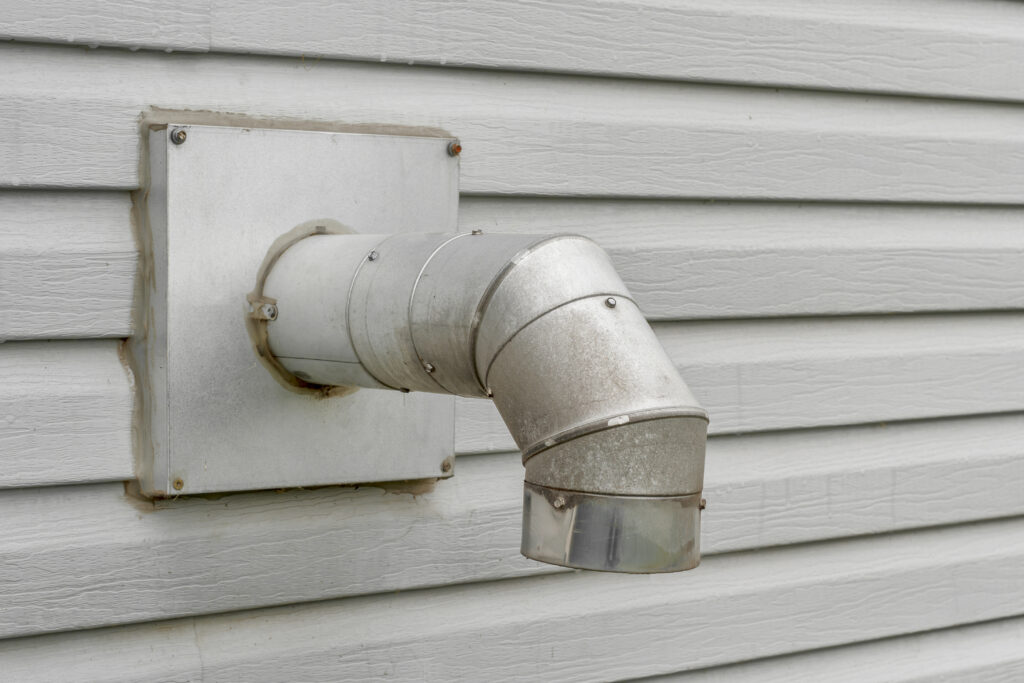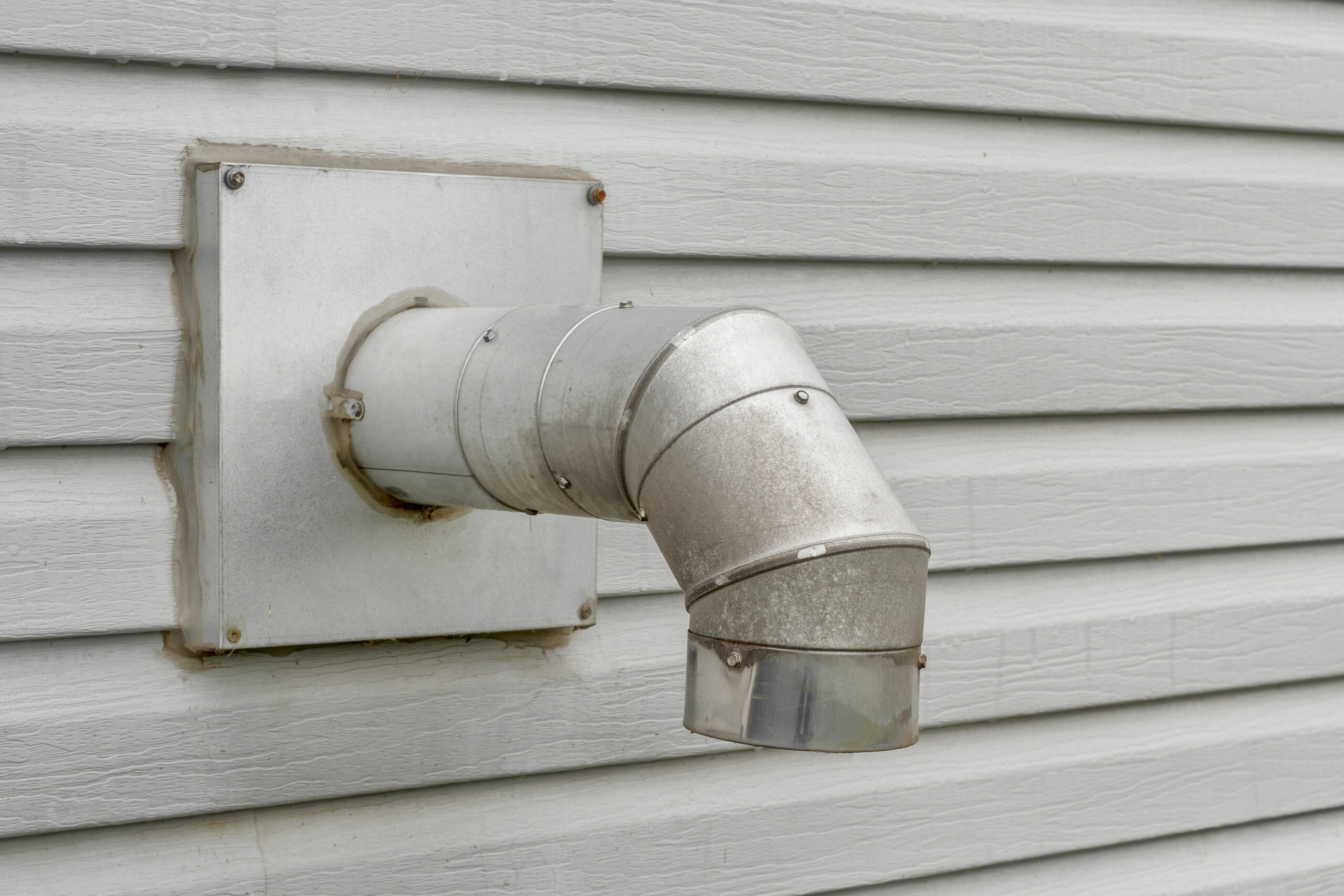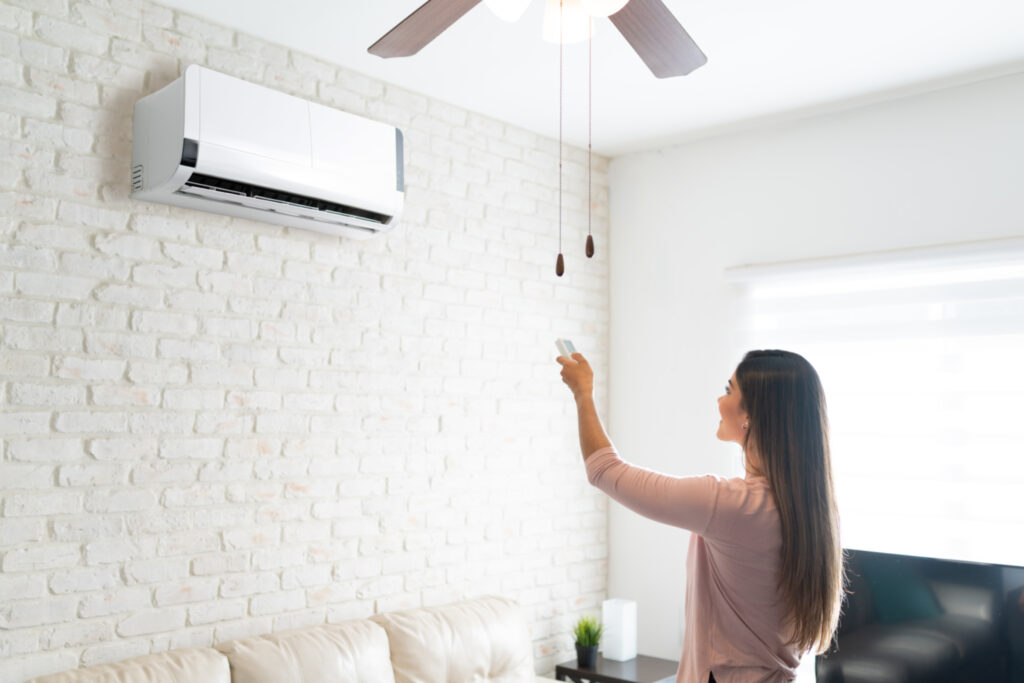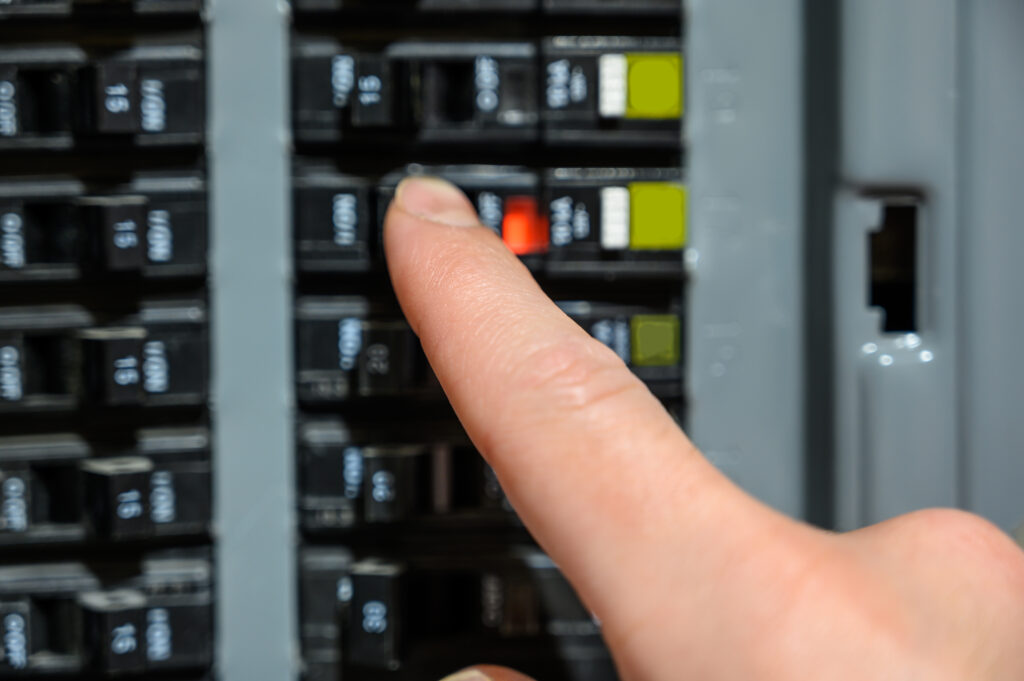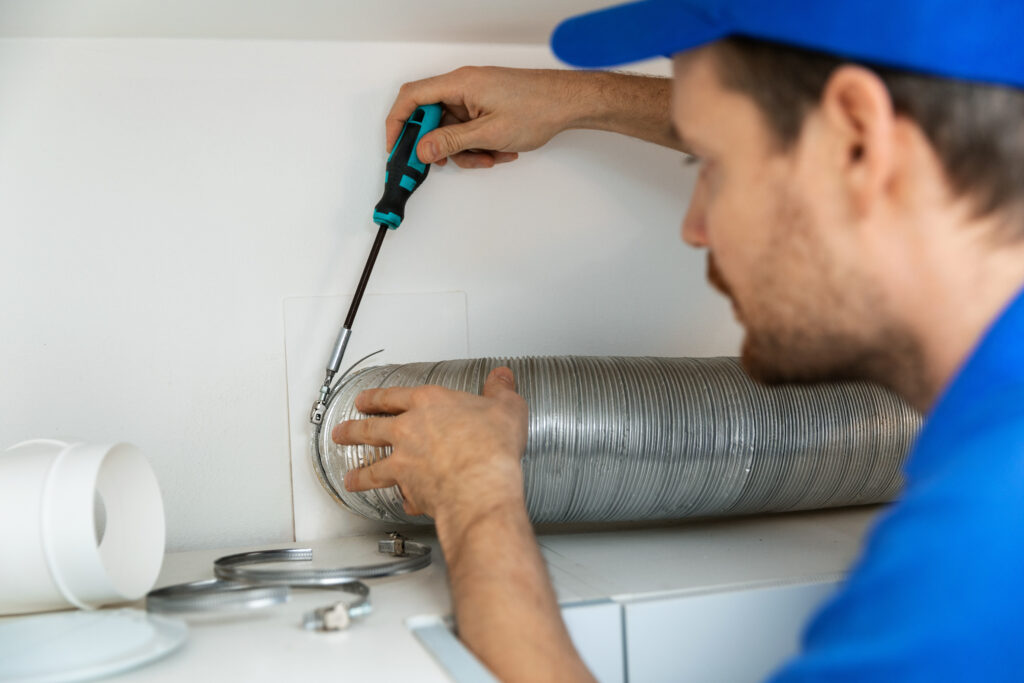Condensate Drain Line Cleaning: Why It Matters for Your Home (And Wallet)
Alright, so let’s talk about something that doesn’t usually make the front page of home maintenance tips, but should: your HVAC condensate drain line. I know, it’s not glamorous. It’s not the shiny, sleek part of your home that you like to show off during dinner parties. But this quiet little pipe plays a big role in keeping your HVAC system running smoothly—and avoiding water damage disasters. Whether you’ve just moved into a new place or you’re a seasoned homeowner who’s gotten a little too friendly with your bucket and mop lately, understanding your condensate line is one of those practical moves that could save you from major headaches and unexpected expenses down the road. Let’s break it down.
What is a Condensate Drain Line?
Okay, imagine your air conditioning system doing its job on a hot, sticky summer day. As it cools the air in your home, it also pulls moisture from that air—this is especially noticeable if you live somewhere extra humid. That moisture has to go somewhere, right? Enter the condensate drain line. This little pipe is responsible for channeling all that excess water—technically called condensate—out of your HVAC system and safely away from your home. Typically, it drains outside or into a floor drain, depending on the system setup. When everything is working the way it should, it just quietly does its thing. Problem is, when it gets clogged? That’s when things can go sideways fast.
How the Condensate Line Actually Works
The magic (well, science) behind your HVAC’s moisture control starts with the evaporator coil. Basically, warm air from your home blows over this coil, which is filled with refrigerant. That refrigerant absorbs the heat, and the moisture in the air condenses on the coil, kind of like water droplets forming on a cold soda can on a hot day. These droplets drip into a shallow drain pan, and then gravity—and sometimes a small pump—moves that water into the condensate line. From there, it exits the home. If that line is clean, it’s a smooth ride. If it’s clogged with gunk, dust, mold, algae (ew)—things back up. Water overflows the drain pan, and suddenly you’re dealing with leaks, drywall damage, mold growth, and a very grumpy HVAC system.
Why Cleaning It Matters (Like, A Lot)
Look, nobody wants to mop up air conditioner water at 6 AM on a Saturday in July. That’s the kind of morning that puts you in a mood. Cleaning your condensate drain line might sound like a box on your endless adulting checklist, but doing it even just once or twice a year can seriously reduce your risk of a major (and expensive) water issue. Over time, debris and bacteria can build up in the line and create the kind of sludge that stops the whole flow. Unchecked, this can trigger your HVAC’s emergency shut-off feature (if you’re lucky) or slowly drip leak into your ceiling, walls, or floors (if you’re not). And if you’re covered by a home warranty like Armadillo, cleaning your line helps ensure your systems stay eligible for coverage. Because let’s be real: a little bleach and warm water is way cheaper and faster than emergency repairs or replacing parts the warranty doesn’t cover due to neglect.
DIY Tips If You’re Feeling Handy-ish
If you’re the kind of homeowner who likes to peek behind the curtains and fix things yourself, cleaning your drain line might be right up your alley. It’s generally a safe and low-risk job, but—it’s also fine to delegate to a pro during seasonal maintenance. First, turn off your HVAC system. Find your drain line access point; it’s often a small cap near the air handler. Use a wet/dry vacuum to clear any visible clogs from the exterior access. Then, flush the line with a mix of warm water and distilled white vinegar or a mild bleach solution. Let it sit a bit to kill off the funk, then flush again. If the water flows freely, you’re golden. If it backs up or doesn’t drain, time to call in an HVAC tech. Better to patch a small issue now than clean up soaked insulation later.
Red Flags: Signs Your Drain Line Is Clogged
Sometimes your HVAC tries to drop hints before things get messy. If you see water pooling near the indoor unit, or you notice musty smells when the AC kicks on, that’s usually condensate drama. Hear dripping or see water stains on ceilings near attic systems? Also a red flag. And if suddenly your thermostat shows an error, especially one related to the AC shutting off, that might be your unit’s float switch doing its job to prevent overflow. Investigating early can save you a lot of stress (and expenses) later on. So yes, it’s worth checking when something doesn’t smell or sound quite right.
How this Relates to Your Home Warranty Coverage
This is where the home warranty handoff really makes a difference. Many homeowners think their HVAC system is covered no matter what, but here’s the kicker—most warranty providers have a clause that coverage is contingent on proper maintenance. That means if a service tech shows up and finds a swampy drain line full of algae and dirt buildup? That’s neglected maintenance, and then boom—not covered. But if you keep that drain line clean and documented, it’s one less thing to worry about when something goes wrong. With a home protection plan like Armadillo, you get access to expedited service and repair coverage that actually meets real-life needs, as long as your end of the bargain (a little routine upkeep) is upheld.
Why You Should Consider Armadillo for Your Home Warranty
If keeping up with HVAC maintenance and home systems feels like juggling too many balls while trying not to drop your morning coffee, a home warranty with Armadillo can seriously simplify things. Armadillo stands out because they don’t just cover your back when something breaks—they help you prevent those breakdowns in the first place. From making your coverage easy to understand (finally) to offering real-time claim updates and zero confusion about what’s covered, Armadillo gets that being a homeowner is a full-time job. And they meet you where you’re at. Whether that’s tackling a burst pipe or, yes, helping make sure your condensate line doesn’t quietly sabotage your ceiling. Take a closer look at Armadillo’s full home warranty options at https://www.armadillo.one and if you’re ready to build a plan that fits your home’s needs, start here: https://app.armadillo.one/plan-builder?current=zip. Trust us—future you will be grateful.
















